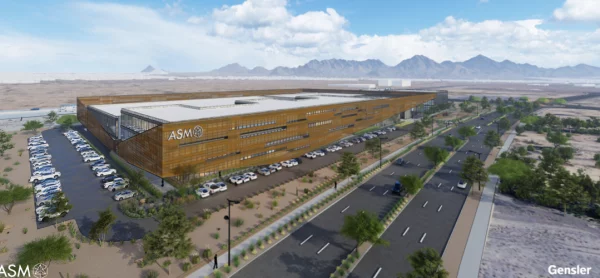By Paul Basha, traffic engineer, Summit Land Management
Yes, both good and not.
When freeway guardrails first became common in the 1960’s, they seemed like a wonderful idea. They were part of a “Forgivable Highway” movement. Guardrails kept high-speed errant vehicles from driving off cliffs; or into rivers, lakes, or oceans; or into rock walls. That part was life-saving and serious-injurypreventing. Unfortunately, the guardrail became another roadside object that caused serious injury, often acting like a knife edge when hit directly by a speeding errant vehicle.

So, guardrail design evolved. The ends of guardrails toward the direction of travel are often curved away from the road where the vehicles go astray. Collapsible ends were also created. Guardrails are intricate and sophisticated combinations of wood and metal – both strong and flexible – like a body-builder who is yogaexpert. They now bend and break as they both dissipate high energy and contain vehicles. So please wait after a collision for the guardrail to be repaired before you hit it.

A difficult problem with guardrails is the wide variety of vehicle sizes. Guardrails were made taller. A guardrail that would prevent a highrise extended cab long-bed pick-up truck from rolling over the railing then careening down a canyon would be a brick wall for a low sports car. Also rather ugly, and preventing people from seeing beautiful scenery, which is part of the reason we vacation drive.

Then curbs were placed on the street side of the guardrails to deflect low vehicles so they would not hit the guardrails, and the guardrails could still be strong enough to contain pick-up trucks. But, big trucks have big wheels, so often the curbs would help a speeding truck vault through or over the guardrail and still tumble down the hill into a waiting riverbed or lake. Such complications from a noble idea.

As with most transportation systems and products: littered with conflicting advantages and disadvantages to balance and consider. Another life-saving and serious-injury-preventing device is the Median Barrier, developed in New Jersey in the early 1960’s. These are short concrete walls, carefully designed to redirect vehicles from leaving the roadway. Vehicle tires hit the wide base before the car fender or body hits the narrow top. Then the car slides along the barrier and stops with minimal injuries.

While they were intended for medians, Scottsdale began using these barriers in the 1980’s on Happy Valley Road, east of Alma School Road Oh, Happy Valley Road now curves north, becomes 118th Street, and connects to Dynamite Boulevard. The most idyllic house in Scottsdale is there, north of Jomax Road, on the east side. The horses seem most content.
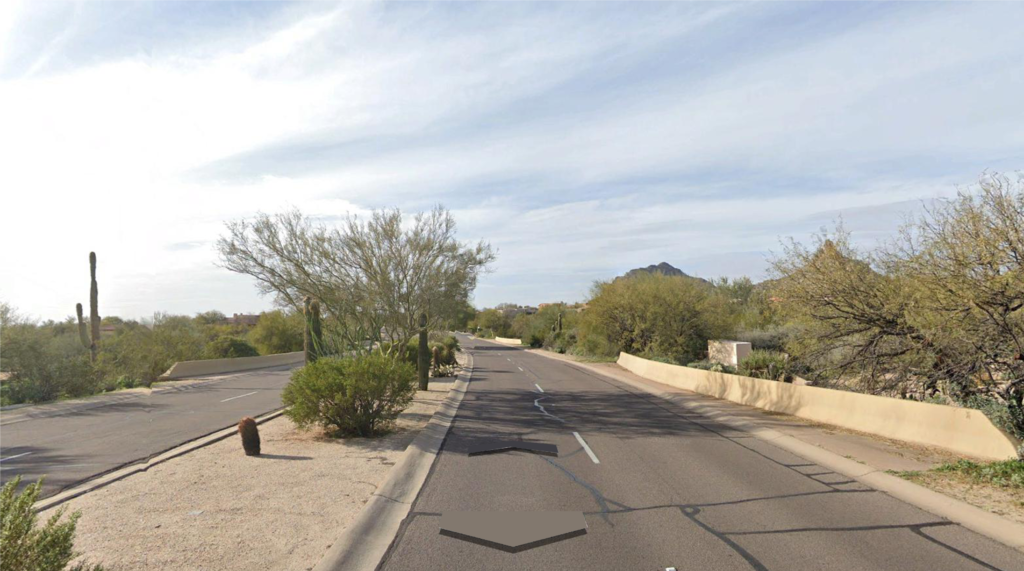
Roadside median barriers are also north of Optima on Goldwater Boulevard. Also Scottsdale Road, south of McCormick Parkway, and numerous locations throughout our city. They have served us well. Much more aesthetic than steel guardrails.
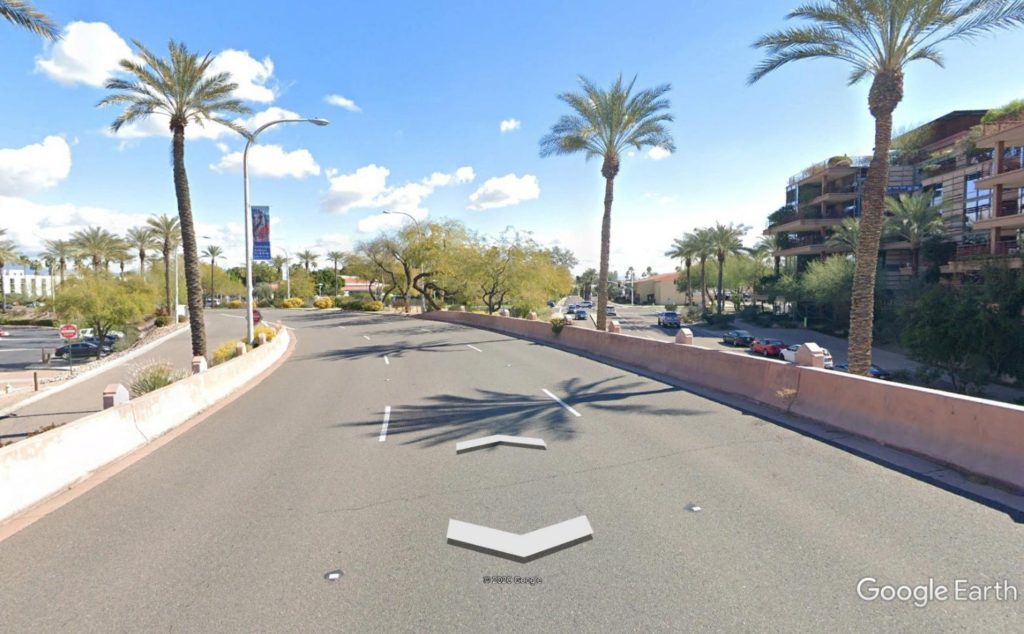
Driven between Phoenix and Tucson in the past three years or so? Seen these signs in the median between opposing traffic? Those are the result of a high-dollar successful lawsuit resulting from a fatal head-on collision.
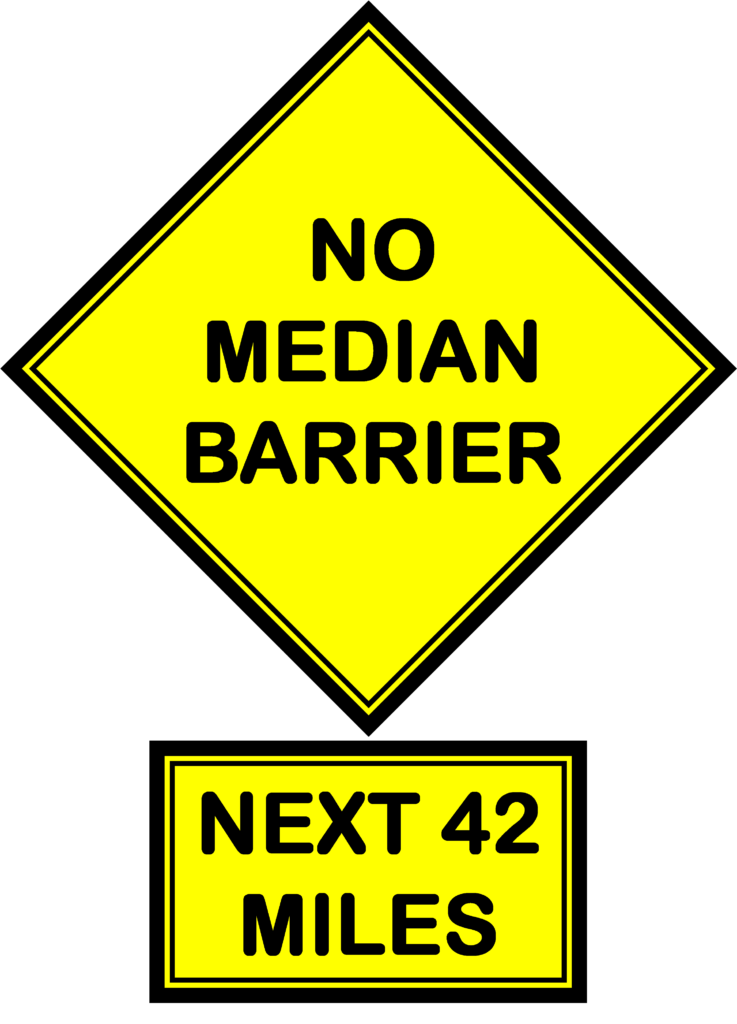
Collision data reveals that wide space is the best solution to keep opposing traffic from meeting each other. Quite successful when speeds are relatively low – you know, less than 75 miles-per-hour. However, a very high-speed vehicle could drive through the desert for a head-on collision.
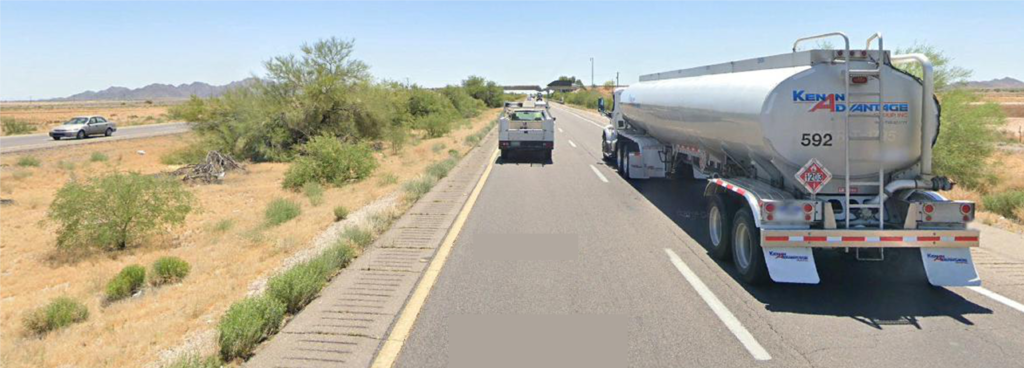
The median in I-10 is 80 feet wide – seems far away. If you were to drive through that median at an angle midway between parallel and perpendicular at 45 mph, those other direction cars are 1.71 seconds away. At 60 mph, 1.29 seconds close. At 90 mph, 0.85 seconds. Tough to drive at 90 mph on dirt through low bushes while braking, so yeah, you’d slow to 60 or 45. Good enough? The lawsuit essentially claimed that drivers should be notified if there are no median barriers between opposite direction vehicles. So, when you see those signs, if you intend to drive off the road, try to keep your speed low. Who knows what silly people would do if those signs were not there?
Curious about something traffic? Call or e-mail Paul at (480) 505-3931 and pbasha@summitlandmgmt.com.



